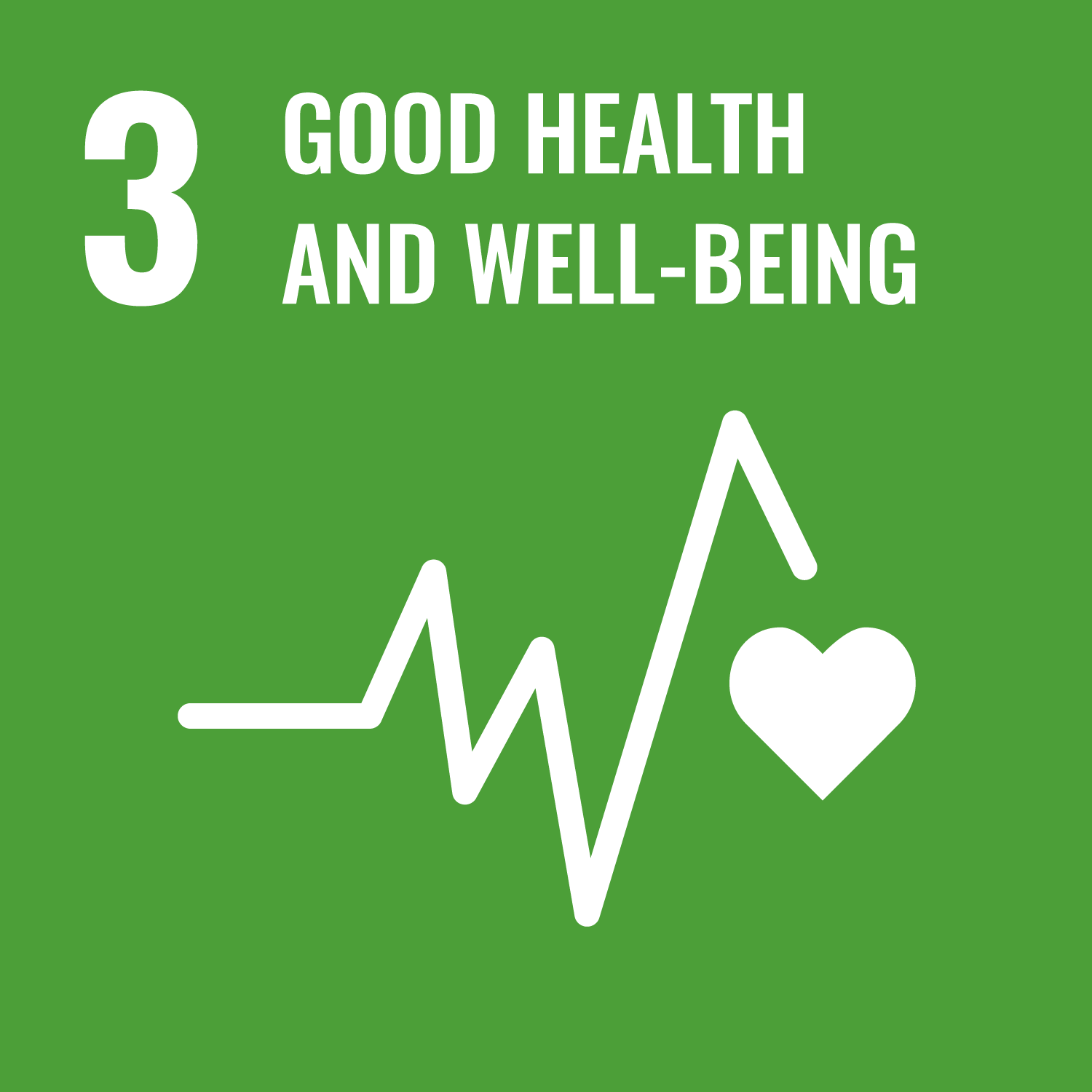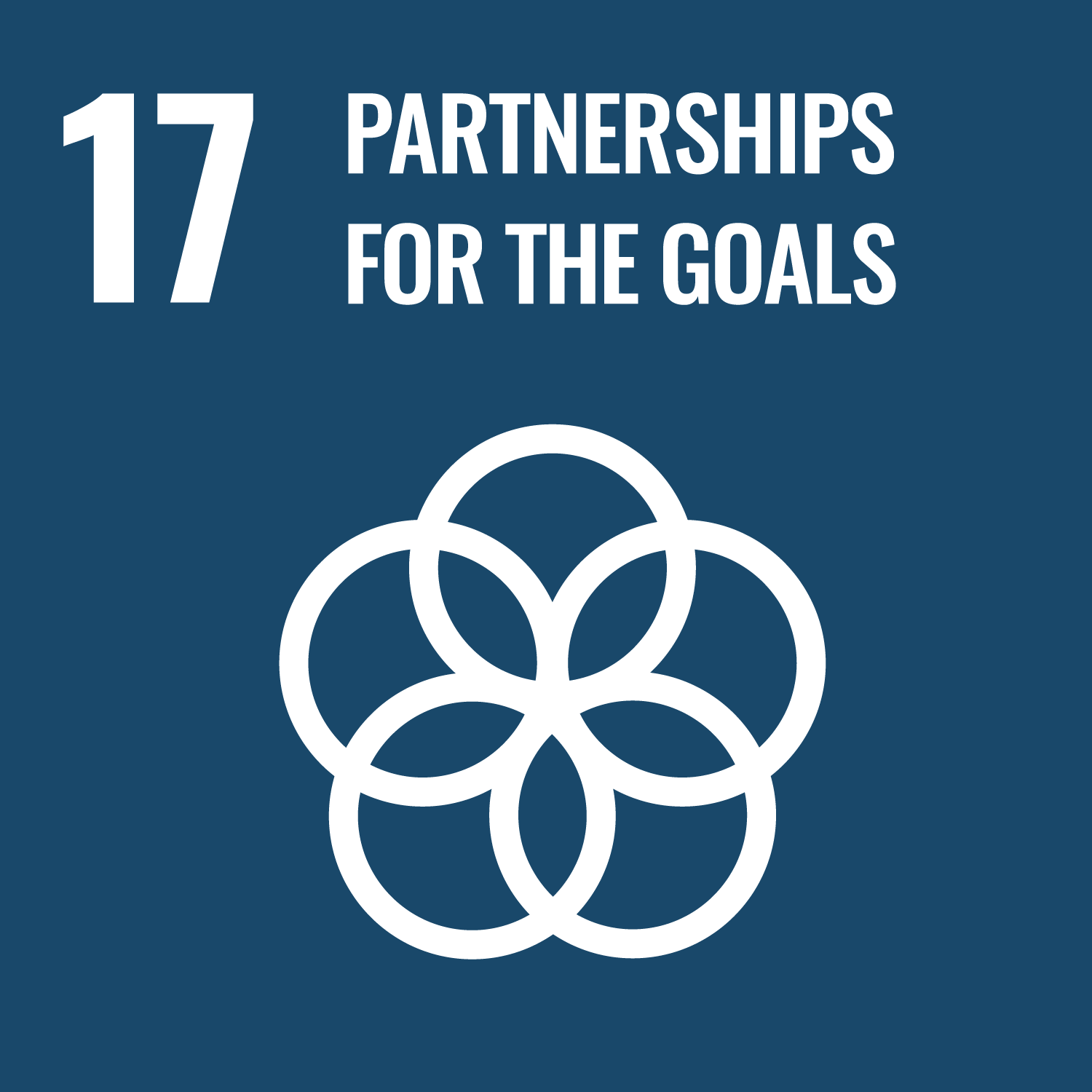ORCID
- Angela Logan: 0000-0002-8776-1114
- Bridie Kent: 0000-0001-9550-1913
- Jonathan Marsden: 0000-0002-2037-4902
Abstract
Background: Stroke is a leading cause of mortality and disability. In higher-income countries, mortality and disability have been reduced with advances in stroke care and early access to rehabilitation services. However, access to such services and the subsequent impact on stroke outcomes in the Philippines, which is a lower- and middle-income countries (LMIC), is unclear. Understanding gaps in service delivery and underpinning research from acute to chronic stages post-stroke will allow future targeting of resources. Aims: This scoping review aimed to map available literature on stroke services in the Philippines, based on Arksey and O’Malley’s five-stage-process. Summary of review: A targeted strategy was used to search relevant databases (Focused: MEDLINE (ovid), EMBASE (ovid), Cumulative Index to Nursing and Allied Health Literature (CINAHL), PsycINFO (ebsco); broad-based: Scopus; review-based: Cochrane Library, International Prospective Register of Systematic Reviews (PROSPERO), JBI (formerly Joanna Briggs Institute) as well as grey literature (Open Grey, Google scholar). The searches were conducted between 12/2022-01/2023 and repeated 12/2023. Literature describing adults with stroke in the Philippines and stroke services that aimed to maximize well-being, participation and function were searched. Studies were selected if they included one or more of: (a) patient numbers and stroke characteristics (b) staff numbers, qualifications and role (c) service resources (e.g., access to a rehabilitation unit) (d) cost of services and methods of payment) (e) content of stroke care (f) duration of stroke care/rehabilitation and interventions undertaken (g) outcome measures used in clinical practice. A total of 70 papers were included. Articles were assessed, data extracted and classified according to structure, process, or outcome related information. Advances in stroke services, including stroke ready hospitals providing early access to acute care such as thrombectomy and thrombolysis and early referral to rehabilitation coupled with rehabilitation guidelines have been developed. Gaps exist in stroke services structure (e.g., low number of neurologists and neuroimaging, lack of stroke protocols and pathways, inequity of stroke care across urban and rural locations), processes (e.g., delayed arrival to hospital, lack of stroke training among health workers, low awareness of stroke among public and non-stroke care workers, inequitable access to rehabilitation both hospital and community) and outcomes (e.g., low government insurance coverage resulting in high out-of-pocket expenses, limited data on caregiver burden, absence of unified national stroke registry to determine prevalence, incidence and burden of stroke). Potential solutions such as increasing stroke knowledge and awareness, use of mobile stroke units, TeleMedicine, TeleRehab, improving access to rehabilitation, upgrading PhilHealth and a unified national long-term stroke registry representing the real situation across urban and rural were identified. Conclusion: This scoping review describes the existing evidence-base relating to structure, processes and outcomes of stroke services for adults within the Philippines. Developments in stroke services have been identified however, a wide gap exists between the availability of stroke services and the high burden of stroke in the Philippines. Strategies are critical to address the identified gaps as a precursor to improving stroke outcomes and reducing burden. Potential solutions identified within the review will require healthcare government and policymakers to focus on stroke awareness programs, primary and secondary stroke prevention, establishing and monitoring of stroke protocols and pathways, sustainable national stroke registry, and improve access to and availability of rehabilitation both hospital and community. What is already known?: Stroke services in the Philippines are inequitable, for example, urban versus rural due to the geography of the Philippines, location of acute stroke ready hospitals and stroke rehabilitation units, limited transport options, and low government healthcare insurance coverage resulting in high out-of-pocket costs for stroke survivors and their families. What are the new findings?: The Philippines have a higher incidence of stroke in younger adults than other LMICs, which impacts the available workforce and the country’s economy. There is a lack of data on community stroke rehabilitation provision, the content and intensity of stroke rehabilitation being delivered and the role and knowledge/skills of those delivering stroke rehabilitation, unmet needs of stroke survivors and caregiver burden and strain, What do the new findings imply?: A wide gap exists between the availability of stroke services and the high burden of stroke. The impact of this is unclear due to the lack of a compulsory national stroke registry as well as published data on community or home-based stroke services that are not captured/published. What does this review offer?: This review provides a broad overview of existing evidence-base of stroke services in the Philippines. It provides a catalyst for a) healthcare government to address stroke inequities and burden; b) development of future evidence-based interventions such as community-based rehabilitation; c) task-shifting e.g., training non-neurologists, barangay workers and caregivers; d) use of digital technologies and innovations e.g., stroke TeleRehab, TeleMedicine, mobile stroke units.
DOI Link
Publication Date
2024-08-30
Publication Title
BMC Health Services Research
Volume
24
Issue
1
Acceptance Date
2024-07-22
Deposit Date
2024-09-24
Funding
NIHR Global Health Policy and Services Research Programme 150244
Additional Links
Keywords
Developing countries, Low- middle-income countries, Philippines, Stroke, Stroke care, Philippines/epidemiology, Humans, Stroke Rehabilitation/statistics & numerical data, Stroke/therapy, Health Services Accessibility/statistics & numerical data
Recommended Citation
Logan, A., Faeldon, L., Kent, B., Ong, A., & Marsden, J. (2024) 'A scoping review of stroke services within the Philippines', BMC Health Services Research, 24(1). Available at: 10.1186/s12913-024-11334-z



